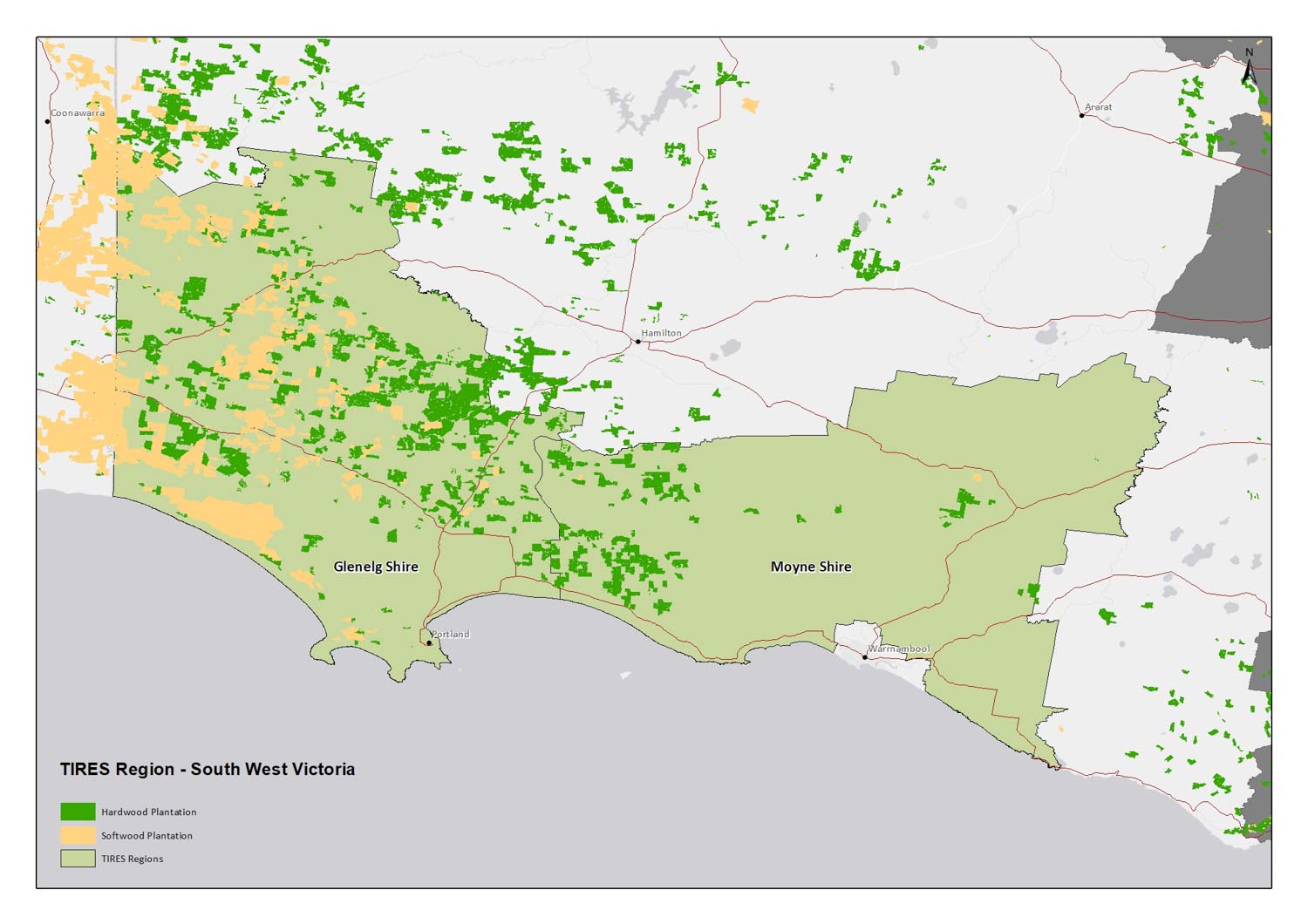The Client
Timber Towns Victoria
Challenge
There are clear benefits to the whole community in developing an appropriate road network for the forest industries – safety for all road users, regional job security, and improved access for other primary industries. The task of transporting logs is large in terms of the annual tonnage hauled. Therefore, planning for upgrades of roads used by the forest industries also influences strategic planning for broader regional freight infrastructure. It can also justify other areas of road development and provide additional regional benefits. Additionally, the sector routinely uses roads in more remote areas and often in more difficult terrain. As a result of these factors, the forest industries in Victoria have a continuing need for a special category of road funding.
Solution
The 2023-27 TIRES project identified priorities for future infrastructure projects based on the total impact of road use by the timber industry in four TIRES regions (South West Victoria, Central Victoria, Gippsland and Mallee). It uses publicly available data, inputs from forest owners and local government authorities to:
- Quantify the economic contribution of the forest and wood products sectors regionally and at a State level.
- Quantify forecast road use by the industry (transport quantity and road length by year).
- Identify priority road maintenance and upgrade projects in each of the TIRES regions.
- Estimate the costs to local government authorities to undertake these priority projects.
Outcomes
Spatial modelling and analysis of timber industry road use in Victoria was undertaken for the period 2023-2027, including development of road maintenance and upgrade requirements and economic analysis of timber industry contribution to regional Victoria. Data and priorities were identified for each of the four regions, plus a regional overview.
Further information
Information on project can be found here.

